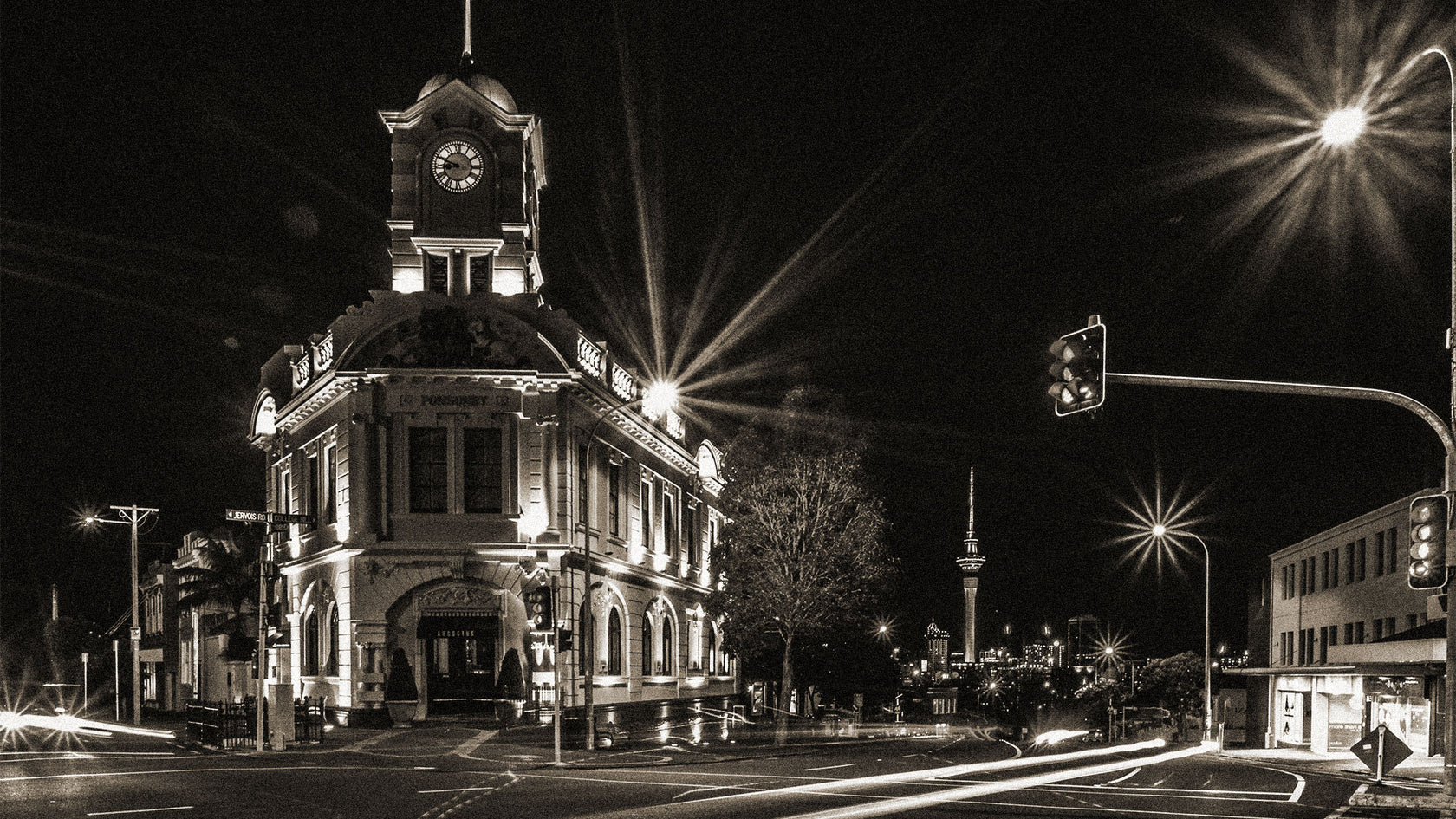There is an outstanding piece of infrastructure connecting Hong Kong to Macau – the Hong Kong - Zhuhai - Macau Bridge.
An impressive piece of modern engineering, it spans 55 kilometres (34 miles) and took nine years to build. Opened in 2019 at a cost of $USD19 billion, its elegant silhouette belies the scandalous number of cars that use it every day – 8900.
Here, where construction cranes seem to invade the landscape, the viability of projects only seem to be a trifling matter at the time that they are conceived. “Build it and hopefully they will come,” and here, interestingly, there is not a cycle way in sight.
The Portuguese were instrumental in making Macau what it is today. Two years after the British handed back Hong Kong in 1997, Portugal was to do the same with Macau and what was left behind would astound you. Now, the Chinese are building on their legacy with no end in sight.
Our guide dropped us in the middle of the old city and we could have been in any continental capital, certainly Lisbon, Rome or even Madrid. Cobbled streets and a style of architecture that would make any Spaniard feel at home, colourful buildings, elaborate cathedrals, intricate plasterwork and more culture than you could shake a stick at.
We started at the Ruins of St Paul. Built in 1602 by Japanese refugees for the Jesuits, it burnt down during a typhoon in the 1800s. The now preserved framework stands as a testament to those foreigners who dominated the culture of Macau at the time and who had built the structures that make up the old city. Decorated with skeletons and angels, pine trees and dragons, St Pauls is situated on the apex of an imposing set of stairs that is reminiscent of the Spanish steps in Rome.
We progressed down the stairway into a maze of cobbled streets and narrow laneways filled with the smell of coffee and pastries.
Plazas and public fountains abounded at every turn. We learnt of the merchants who had made their names trading in silks and pearls and built their mansions overlooking the various churches and squares. The old residences, now preserved, have been converted into public buildings and hotels.
The beautifully patterned cobbled roadways were imported in antiquity especially to build the streets here. Supplemented with different coloured stones from local quarries, the patterns created are still much in evidence, obviously there was an immense amount of money in the city and there still is today, thanks to the devil just beyond the Portuguese quarter – the evil that dare not speak its name… casinos.
Currently, there are 34 casinos in Macau with more planned. All of the Las Vegas names are here: Wynns, the Sands, the Venetian and they are all competing with each other with bigger and grander buildings. Of course, as our guide explains, none of the locals gamble, they are too sensible, it's all tourists.
Macau, we learnt, was named during a miscommunication by the original Portuguese explorers in 1594.
We had progressed from the old town to the 'A-Ma Temple' in the suburb of Sao Lourenco. Standing at its main gate built in the 13th Century and dedicated to both the Taoist and Buddhist religions, as the waves gently lapped behind us, you couldn’t help but absorb the calm settling over your soul and drawing us in.
Here in 1594, where the Portuguese first landed at what was then a little fishing village, they had asked the locals what the area was called.
Because neither party could speak the other's language, the locals thought that they were asking who the temple god was, which was 'A Ma' who was their patron goddess for sailors and fishermen. During the confusion, the locals also thought the sailors were asking what the temple was for and they added 'cau' to 'A Ma' which was translated to 'a place', thus 'the place of the temple of A Ma'. A Ma Cau.
Later in those early times, the A was dropped and today the area is called Macau.
We left the temple in the late afternoon, its incense, colourful prayer flags and the ethereal sound of a striking bell emanating from the surrounding forest, to catch our ferry back to Hong Kong Island. Onboard our home away from home, we threw our lines and sailed out with the strains of the Hong Kong Philharmonic Orchestra and the city's light show fading in the distance.
Next stop — the 'Little Red Dot', Singapore. (ROSS THORBY)
#ponsonbynews #iloveponsonby #loveponsonby #ponsonby #auckland #aucklandshippestrip #onlyponsonby #ponsonbyroad #Greylynn #freemansbay #westmere #ponsonby #hernebay #stmarysbay #archhill #coxsbay @followers #followers @everyone #everyone #waitematalocalboard @highlight


